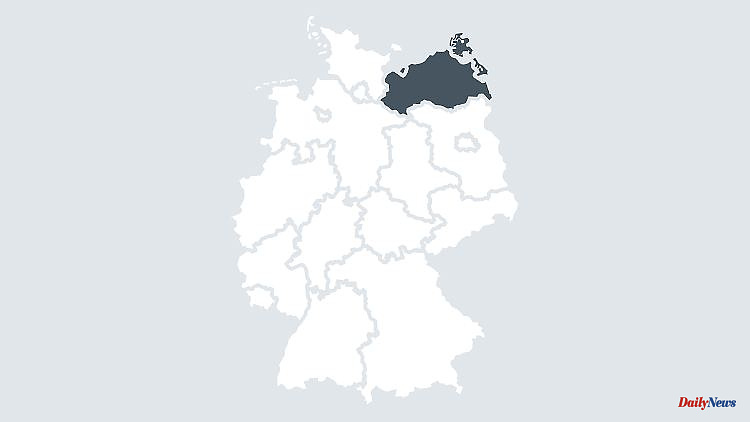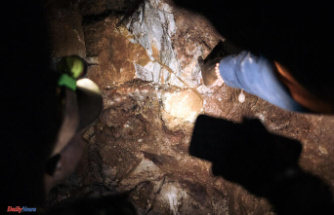Sassnitz/Lubmin (dpa/mv) - The second of a total of three liquefied natural gas shuttle ships for the planned LNG terminal in Lubmin is ready in front of Sassnitz in the Baltic Sea. According to the investor Deutsche Regas, the third ship will only start when there is a prospect of commissioning. This is not expected until early 2023.
The "Coral Favia" is to bring the liquefied natural gas together with the already arrived "Coral Furcata" from the tanker "Seapeak Hispania" lying off the coast to the port of Lubmin. Because of the low water depth in the Greifswalder Bodden, ships with a shallower draft are used here. According to the ship traffic portal "Marine Traffic", the 137 meter long and around 20 meter wide Favia has a capacity of 10,000 cubic meters.
The private LNG project was originally scheduled to start work on December 1st. However, approval from the State Office for Agriculture and the Environment in Western Pomerania is still missing. However, Regas had already received permission for the test operation shortly before Christmas.
As Regas Supervisory Board Chairman Stephan Knabe explained, preparations are currently underway for the first shuttle trip including loading, for which the Furcata's tanks have already been cooled down to minus 163 degrees. However, safety comes before speed. Among other things, the coordination between ship, tugs and pilots is to be tested. The captains involved trained this in the simulator beforehand.
Ultimately, a round trip of all three shuttle ships between the tanker and the port of Lubmin should be completed in 24 hours. According to Knabe, unloading takes around 7 hours, loading is a little faster.
The FSRU ship (Floating Storage Regasification Unit) required to convert the liquefied natural gas into its normal gaseous state had already arrived at its destination - the port of Lubmin - in mid-December. Up to 5.2 billion cubic meters of natural gas can be fed in via the terminal each year.












